Several tests are required to diagnose and monitor hepatopulmonary syndrome. Whenever possible, we try to book these tests on the same day as the visit with the doctor, to minimize the number of trips that patients have to make to the hospital.
We also communicate with referring physicians to ensure that there is no unnecessary duplication of tests that have already been completed. In cases where tests cannot be organized on the same day as the appointment, and where patients cannot easily travel to the HPS Clinic, we try to coordinate with the patient’s own physician to have the test(s) completed closer to the patient’s home. However, many of these tests are not available in other centers.
How is HPS diagnosed? What can I expect from a visit to the HPS clinic?
All of the tests used to evaluate possible HPS are low risk, and our staff make every effort to ensure the comfort of our patients during testing. If you have been referred to our clinic, there are a number of tests that you will be asked to complete before your appointment with the physician so that the results will be available by the time you meet with the physician. The first appointment usually takes about 6 hours and as noted above, in some cases tests may take place over several days.
Initial Testing
Here is a list of some of the tests you can expect to do on your first visit to the HPS clinic:
Contrast Echocardiogram
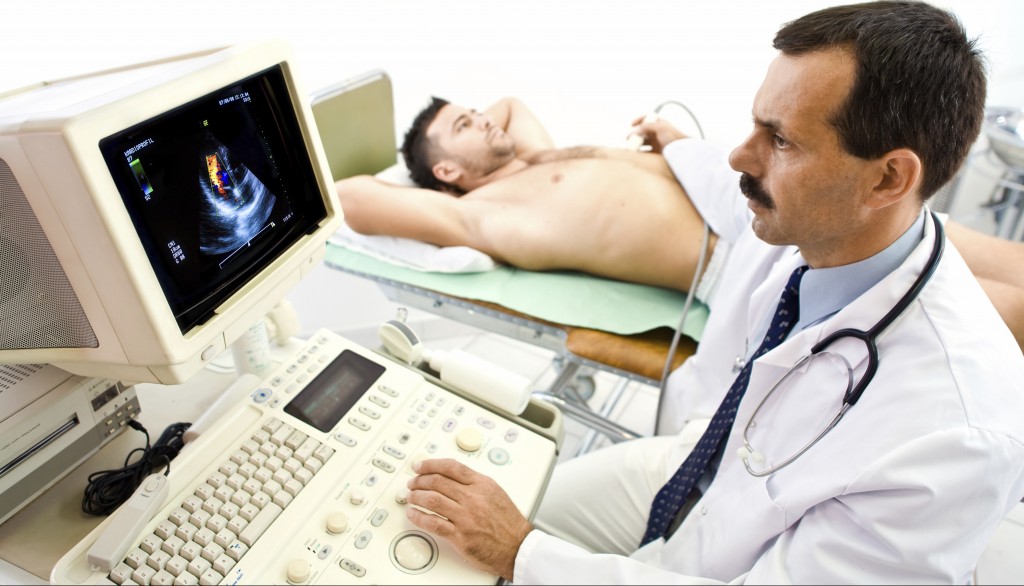
An echocardiogram, also known as an ultrasound of the heart, is a method that uses sound waves to take images of the heart. In HPS patients, a small amount of saline solution (salt water) that has been shaken to make tiny bubbles is injected into a vein in the arm during the echocardiogram. These bubbles are normally trapped by the blood vessels in the lungs but when the blood vessels are dilated due to hepatopulmonary syndrome, the bubbles do not get trapped. This helps to make the diagnosis of dilated blood vessels in the lung, which is a key part of the HPS diagnosis.
Toronto: Echocardiography Lab, 7th Floor, Bond Wing
Montréal: Laboratoire Echocardiographie, 6e étage, Pavillon Jeanne-Mance
Arterial Blood Gas (ABG)
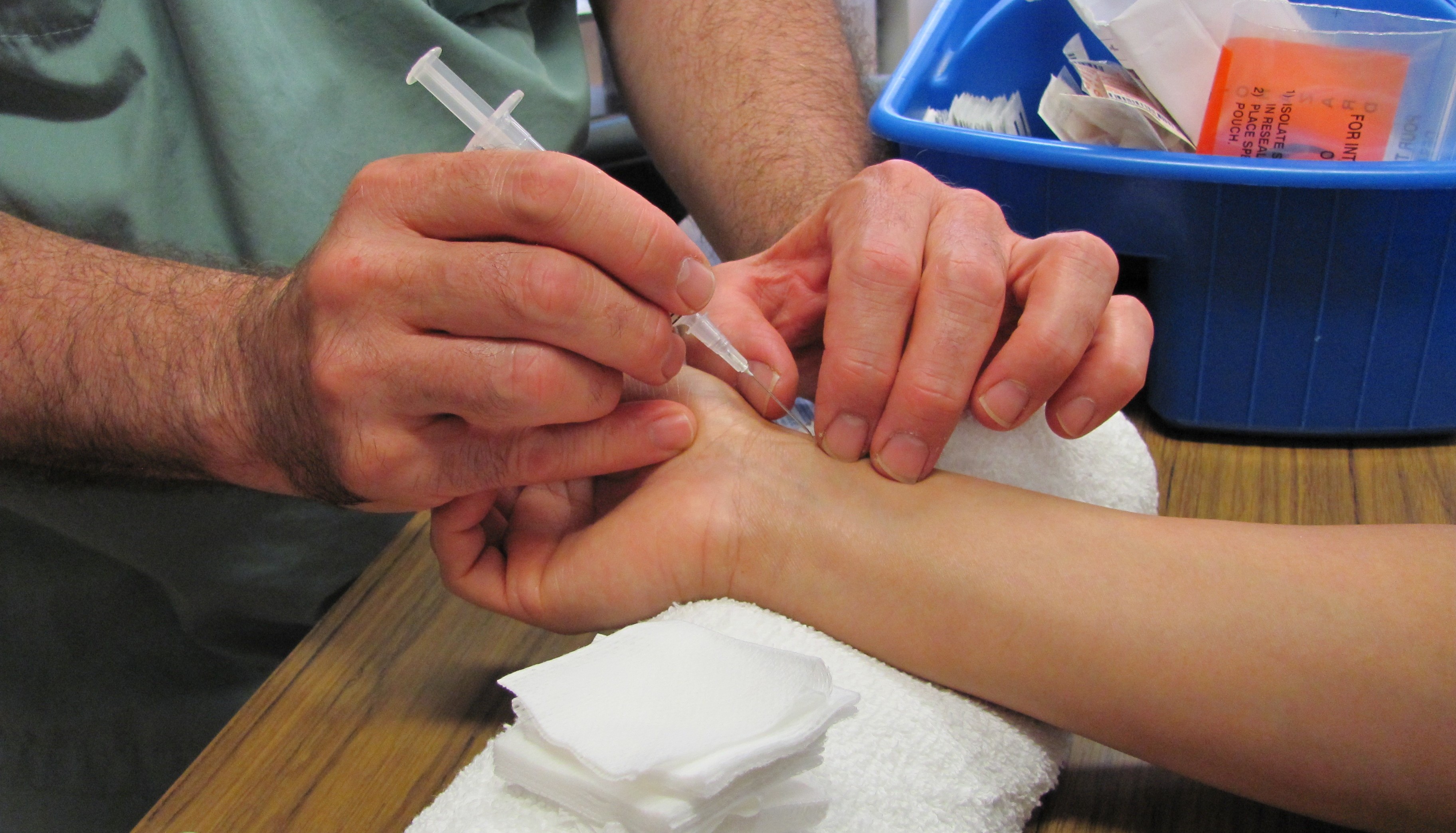
This test tells us the oxygen level in the blood stream. For this test, a small amount of blood is drawn from an artery in the wrist using a needle and syringe. The oxygen and carbon dioxide levels in the blood are then analyzed to help determine if your lungs are working properly. For HPS, the arterial blood gas is done after standing for 10 minutes because another key symptom of HPS is shortness of breath and lower oxygen levels in the upright position, which improve when lying on your back.
Toronto: PFT Lab, 6th Floor, Donnelly Wing North
Montréal: Centre ambulatoire de pneumologie, 2e étage, Pavillon Marie-Morin
Exhaled Nitric Oxide Test
In this test, you simply exhale at a constant flow rate into our nitric oxide analyzer. The analyzer then measures the amount of a gas called nitric oxide in your breath (elevated nitric oxide levels are seen in HPS).
Toronto: PFT Lab, 6th Floor Donnelly Wing North
Montréal: N/A
Pulmonary Function Tests (PFTs)
PFTs are also referred to as breathing tests. Even if you have had pulmonary function tests done elsewhere, we will ask you to repeat them in our clinic. Pulmonary function tests are a group of tests that measure how well the lungs take in and release air and how well they move gases such as oxygen from the air into the body’s blood supply. For some of these tests, patients can breathe normally and quietly, while other tests require forced inhalation or exhalation after a deep breath. Inhaled substances or medicine may be used during some tests to see changes in results.
Toronto: PFT Lab, 6th Floor Donnelly Wing North
Montréal: Laboratoire de physiologie respiratoire, 2e étage, Pavillon Marie-Morin
Blood work
Some blood will be drawn at your first appointment, even if you have had recent blood work done elsewhere.
Toronto: Outpatient Blood Lab, 3rd floor, Shuter Wing
Montréal: Centre ambulatoire de pneumologie, 2e étage, Pavillon Marie-Morin
Chest X-Ray
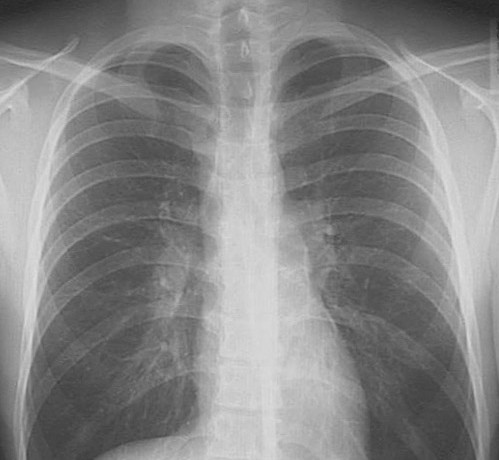
A chest X-Ray allows us to take a picture of the inside of your chest and is commonly used to diagnose and screen for lung diseases. However, many people with HPS have completely normal chest X-rays.
Toronto: Medical Imaging, 3rd Floor, Cardinal Carter Wing
Montréal: Département de radiologie, 3e étage, Pavillon de Bullion
Follow-up Visits
Depending on the severity of your HPS, the frequency of your clinic appointments will vary and will be discussed with you by the doctor. Regular follow-up at the HPS clinic can include the following tests:
Arterial Blood Gas
(For pre-HPS and HPS patients)
This test tells us the oxygen level in the blood stream. For this test, a small amount of blood is drawn from an artery in the wrist using a needle and syringe. The oxygen and carbon dioxide levels in the blood are then analyzed to help determine if your lungs are working properly. For HPS, the arterial blood gas is done after standing for 10 minutes because another key symptom of HPS is shortness of breath and lower oxygen levels in the upright position, which improve when lying on your back.
Toronto: PFT Lab, 6th Floor, Donnelly Wing North
Montréal: Centre ambulatoire de pneumologie, 2e étage, Pavillon Marie-Morin
Pulmonary Function Tests (PFTs)
(For pre-HPS and HPS patients)
PFTs are also referred to as breathing tests. Even if you have had pulmonary function tests done elsewhere, we will ask you to repeat them in our clinic. Pulmonary function tests are a group of tests that measure how well the lungs take in and release air and how well they move gases such as oxygen from the air into the body’s blood supply. For some of these tests, patients can breathe normally and quietly, while other tests require forced inhalation or exhalation after a deep breath. Inhaled substances or medicine may be used during some tests to see changes in results.
Toronto: PFT Lab, 6th Floor Donnelly Wing North
Montréal: Laboratoire de physiologie respiratoire, 2e étage, Pavillon Marie-Morin
Exhaled Nitric Oxide Test
(For pre-HPS and HPS patients)
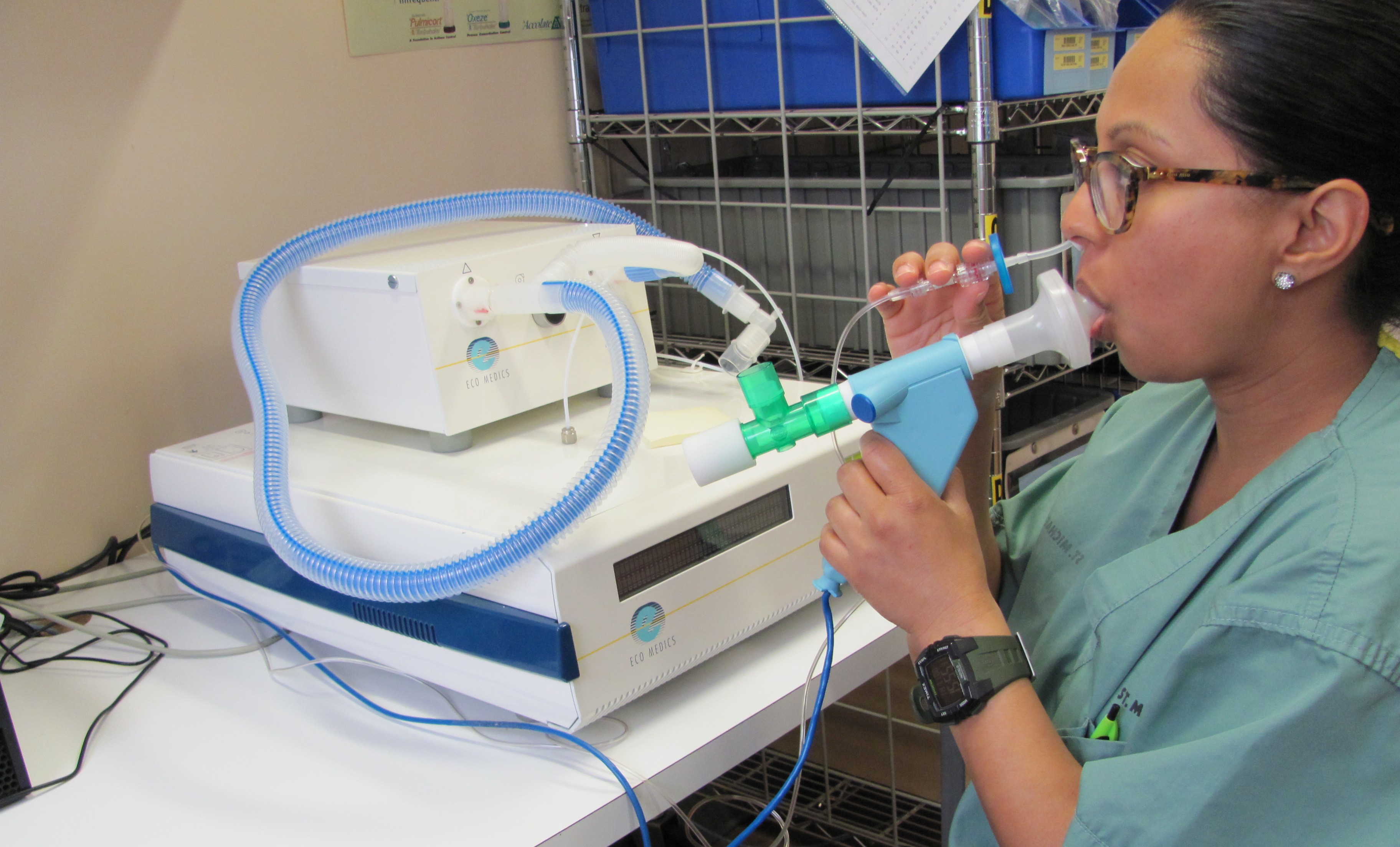
In this test, you simply exhale at a constant flow rate into our nitric oxide analyzer. The analyzer then measures the amount of a gas called nitric oxide in your breath (elevated nitric oxide levels are seen in HPS).
Toronto: PFT Lab, 6th Floor Donnelly Wing North
Montréal: N/A
6-Minute Walk Test
(For HPS patients only)
6-Minute Walk Test (6MWT) is a test to measure how far you can walk in six minutes while checking the oxygen level in your blood. You may be using extra oxygen if it has been prescribed for you while doing this test.
Toronto: PFT Lab, 6th Floor Donnelly Wing North
Montréal: Laboratoire de physiologie respiratoire, 2e étage, Pavillon Marie-Morin
Exercise Oximetry
(For HPS patients only)
This test involves checking the oxygen level in your blood while you are walking, to determine if you need an oxygen tank, and if so, how much oxygen you need. If oxygen has not been prescribed for you and your testing shows that you need extra oxygen, arrangements will then be made for you to have oxygen at home. If oxygen has already been prescribed for you, changes may be made to the amount of oxygen you receive.
Toronto: PFT Lab, 6th Floor Donnelly Wing North
Montreal: Laboratoire de physiologie respiratoire, 2e étage, Pavillon Marie-Morin
Macroaggregated Albumin Lung Perfusion Scan (MAA)
(For HPS patients only)
Sometimes we will order an MAA lung perfusion scan to determine the extent to which HPS is contributing to your low oxygen levels. For this test, we inject a small amount of safe, radioactive particles called Tc99m-MAA into your arm and then use a specialized camera to detect where in the body these particles end up. This is a more specific technique to test for the presence and severity of dilated blood vessels in the lungs.
Toronto: Medical Imaging, 3rd floor Cardinal Carter Wing
Montréal: Médecine nucléaire, 3e étage, Pavillon Principal
HPS Positional Shunt Testing
(For HPS patients only)
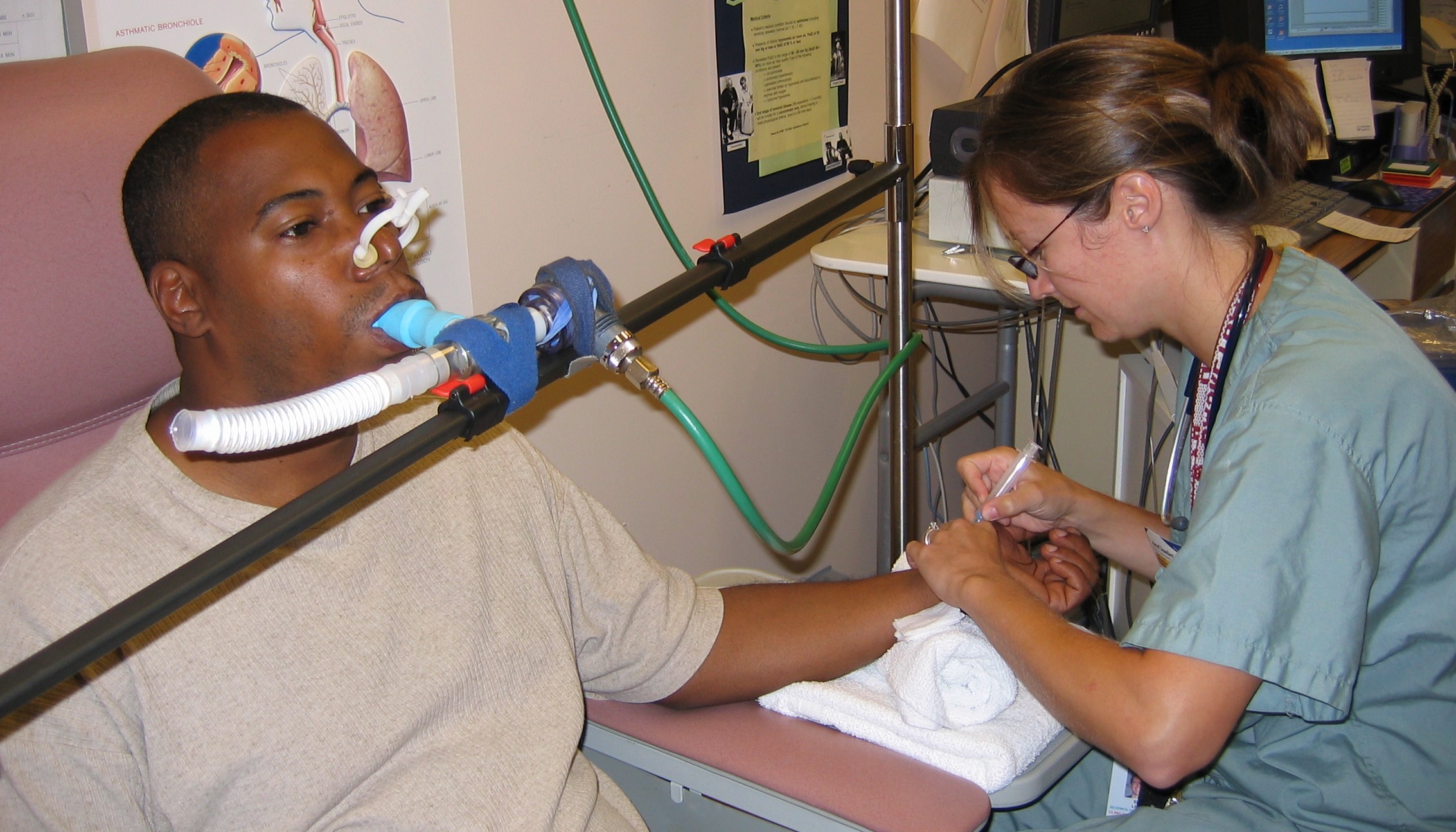
This test involves checking the oxygen level in your blood in different positions: standing for 15 minutes, lying on your back for 15 minutes and standing again for 15 minutes while breathing 100% oxygen through a mouthpiece. The oxygen level in your blood is measured in each position by an arterial blood gas (a small amount of blood is drawn from an artery in the wrist using a needle and syringe).
Toronto: Respirology Clinic, 6th Floor Donnelly Wing North
Montréal: Laboratoire de physiologie respiratoire, 2e étage, Pavillon Marie-Morin
CT Chest Scan
(For HPS patients only)
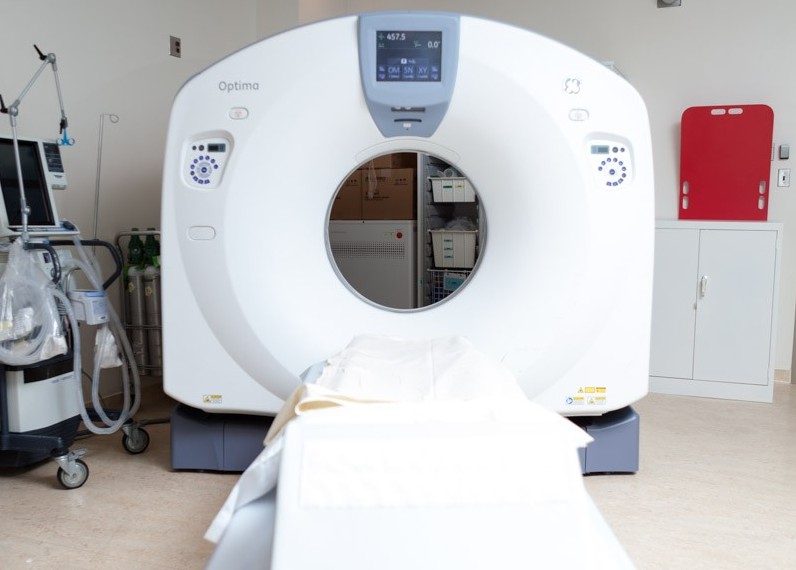
If you have not had a recent CT Scan of your chest, we will arrange this in order to analyze the inside of your lungs.
Toronto: Medical Imaging, 3rd floor Cardinal Carter Wing
Montréal: Département de radiologie, 3e étage, Pavillon de Bullion